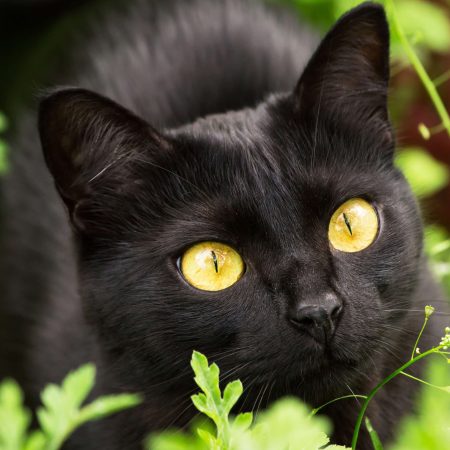The history of the Bombay Cat
The history of the Bombay cat begins in the early 1960s. Around that time, a US breeder was looking to take the American Shorthair back to its roots, so to speak. She bred a black shorthair with sable Burmese, and after several tries, the ultimate result was the Bombay cat. It soon became an independent breed, despite the many similarities it has to the Burmese. Rudyard Kipling, author of “The Jungle Book”, would certainly have enjoyed having this “Bagheera” as a friend and companion in the urban jungle!
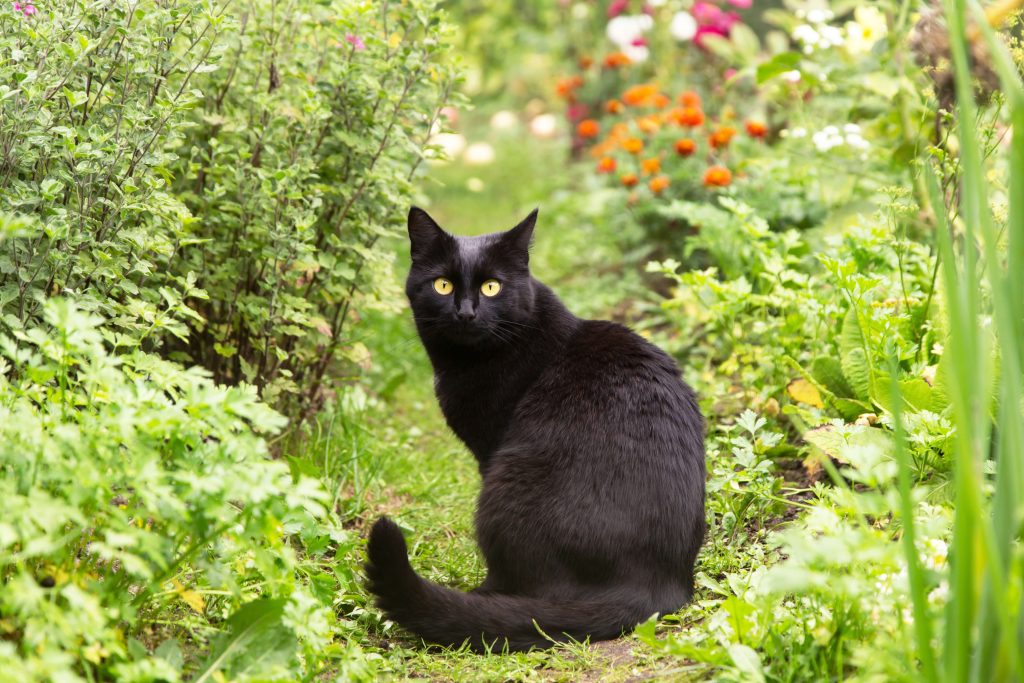
Appearance of the Bombay Cat
What do Bombay cats look like? A Bombay cat does indeed look like a small black leopard, a Panthera pardus. It has shiny, jet-black fur, a strong, muscular body and bright, golden-yellow eyes. However, while even the big cats – including black panthers – might have little spots on their coats, the Bombay cat’s coat is solid pitch black and completely without spots and rosettes, at least according to the breed standard.
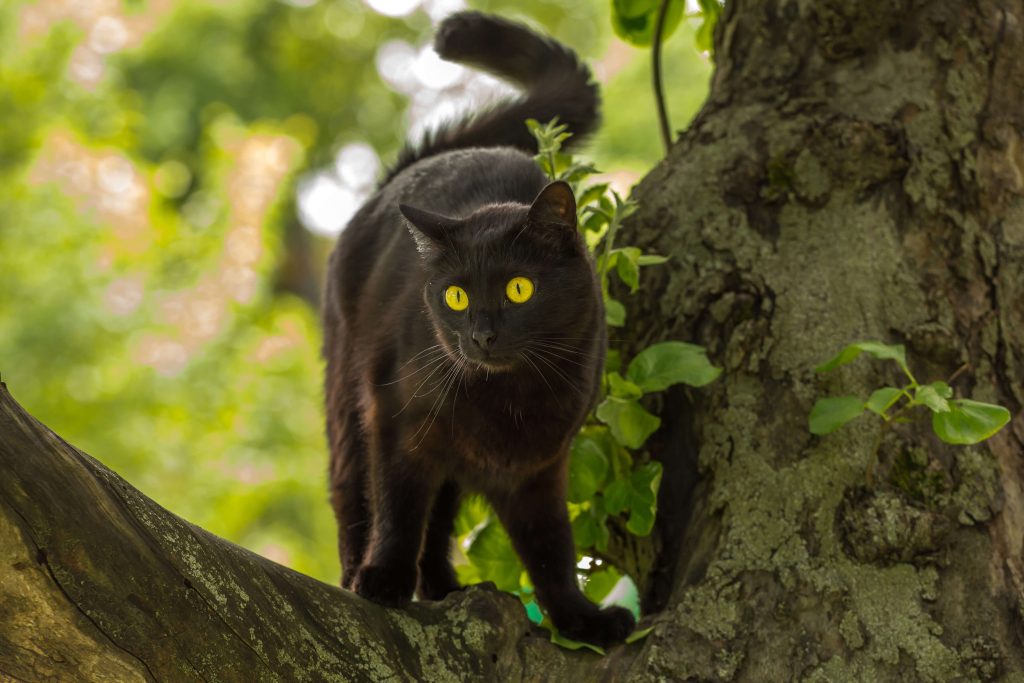
Size of the Bombay Cat
How big is a Bombay cat? The physical development of Bombay cats is relatively slow. They generally don’t reach their final size until they’re about 24 months old. With an average shoulder height of 38 to 40 cm, the adult Bombay cat, just like their Burmese counterparts, belongs in the category of medium-sized cats. Males of this breed differ slightly from the females in that they have a somewhat more muscular build.
Weight of the Bombay Cat
Female Bombay cats are slightly more graceful than the males of the breed. Still, when fully grown, the females can weigh up to a proud 5.5 kg! Bombay males are somewhat more muscular, but they don’t weigh that much more than the females. At up to 5.6 kg, they’re not far off from their female counterparts.
Coat of the Bombay Cat
Bombay cats are short-haired cats with a close-fitting and intensely shiny coat. According to the breed standard, the Bombay’s coat must be pitch black throughout and shine as if it has just been polished. Bombay cats have hardly any undercoat, so grooming is uncomplicated even during shedding season.
Bombay coat colour
Even in one and the same litter, the fur of a Bombay cat’s kittens can have different colours: the possibilities include black, blue, chocolate and lilac. According to the breed standard, a Bombay should have a completely black coat all the way from the nose to the soles of their paws, without any different coloured hairs in between! A real black beauty.
Bombay coat length
How long is the coat of the Bombay cat? Cats of this breed look as if they were wearing a coat made of liquorice: The impressive pitch-black coat is very short and lies close to the body like a second skin. It also has a beautiful shine to it – like patent leather! Bombay cats have hardly any undercoat beneath their thin upper coat layer.
Coat markings
A white patch on the coat of a Bombay cat is unusual, and the breed standard clearly dictates that a solid colour of the coat is preferred. Some kittens in one-and-the-same litter might be solid black without any markings. Others might have a shading or colouring added to their predominant coat colour, just like in Burmese cats. Please note that Bombay kittens with a Burmese-type pattern are not suitable for Bombay breeding.
Eyes of the Bombay Cat
The eyes of a Bombay cat are round and wide apart, giving it the piercing gaze of a mysterious panther. The bright colour of their eyes forms an intense contrast to their raven-black coat. These shining bolts of lightning cast a spell on anyone who looks at them! Indeed, thanks to the colouring of the Bombay cat’s eyes, which ranges from yellow to copper, these raven felines exude a tremendous radiance.
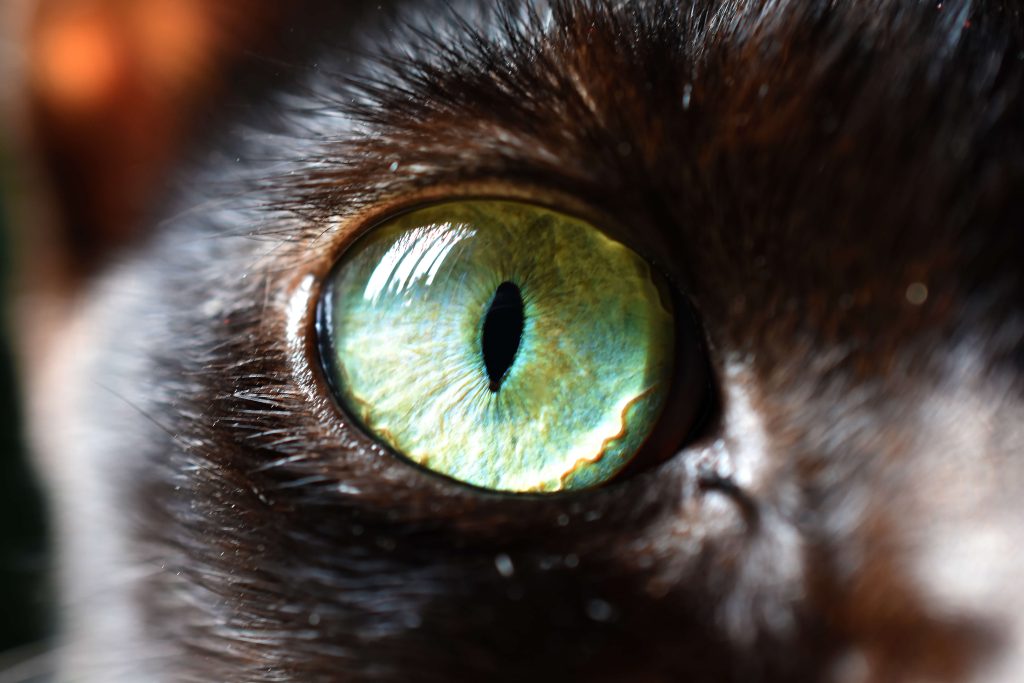
Special features of the Bombay cat
What’s special about Bombay cats? First of all, they’re clever and smart! These super intelligent mini-panthers are inquisitive and learn very quickly. They are highly affectionate and always looking to be petted, but they’re also performers par excellence! These intelligent little critters are very quick to charm their favourite human companions, virtually wrapping them around their little paws. Their tactic is simple: they combine their charm with their physical strength.
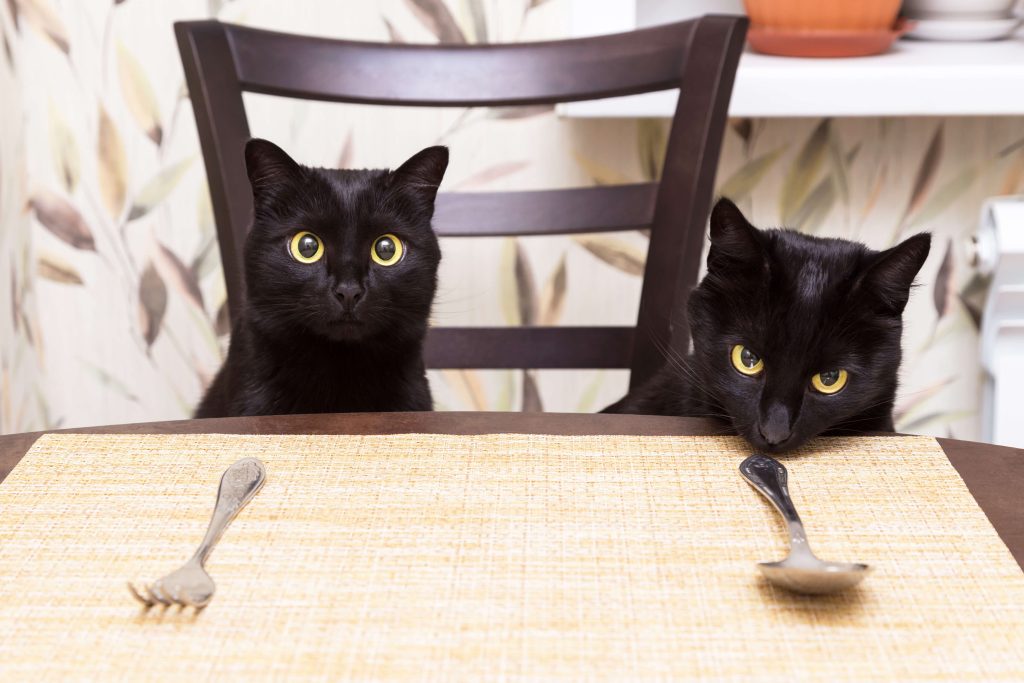
Attributes of the Bombay Cat
Like a lot of black animals, dark-coloured cats are often given a hard time. There are historical reasons for this bad rep, with ingrained stories being handed down from one generation to the next. How unfair! Especially seeing as one attribute of the Bombay cat is its wonderful character. The open-minded nature of these cats makes them ideal house pets, and they have no problem getting along with other members of the household.
Character of the Bombay Cat
In terms of character, the Bombay cat is similar to the Burmese cat. Just like the sociable Burmese cat, Bombay cats are very people-oriented. They’re almost always up for playing and continue to be active well into old age! They crave company and are always looking for contact with others. If you leave a Bombay cat alone at home, it will feel like a punishment to them. In other words, keeping a Bombay cat as a single cat is out of the question.
Price of the Bombay Cat
How much does a Bombay cat cost? If you choose to purchase a cat from a reputable breeder, the average price for a Bombay cat will be between €900 and €1,300. The price depends on the pedigree, which is determined by the kitten’s parents. The price is also determined by other steps the breeder has taken; for example, your cat should have proof of being dewormed and vaccinated.
The breeding of Bombay cats
In 1970, the Bombay cat was recognised as an official breed by the Cat Fanciers’ Association (CFA). As these cats are one of the rarest breeds, it’s not always easy to find a “reputable” breeder. The Bombay breed is relatively rare in Europe. This is due to the fact that there aren’t many professional breeders here who’ve dedicated themselves to breeding Bombay cats.
Things to know about keeping and caring for Bombay cats
Bombay cats will feel comfortable in cat-friendly households, but they also enjoy being outdoors. Is there any special care you need to take to maintain the magnificent shine of their pitch-black coat? Bombay cats have hardly any undercoat, which means that it’s relatively easy to care for their short coat: a weekly brushing session is all that’s needed. Of course, you’ll be expected to do a lot of petting, and every once in a while you should wipe their coat with a moistened leather cloth to remove loose hairs. Done!
Bombay kittens
Bombay kittens are “whiz kids” that grow up very quickly. Bombays mature early, and they can become sexually mature even before they’re twelve months old! Apart from sexual maturity, however, their development is quite unhurried. In purely physical terms, they’re not fully developed until they’re 24 months old. When they’re very young, Bombay kittens might have a coat that’s shaded in parts; but the older they get, the more the shading disappears and the coat becomes progressively solid-coloured.
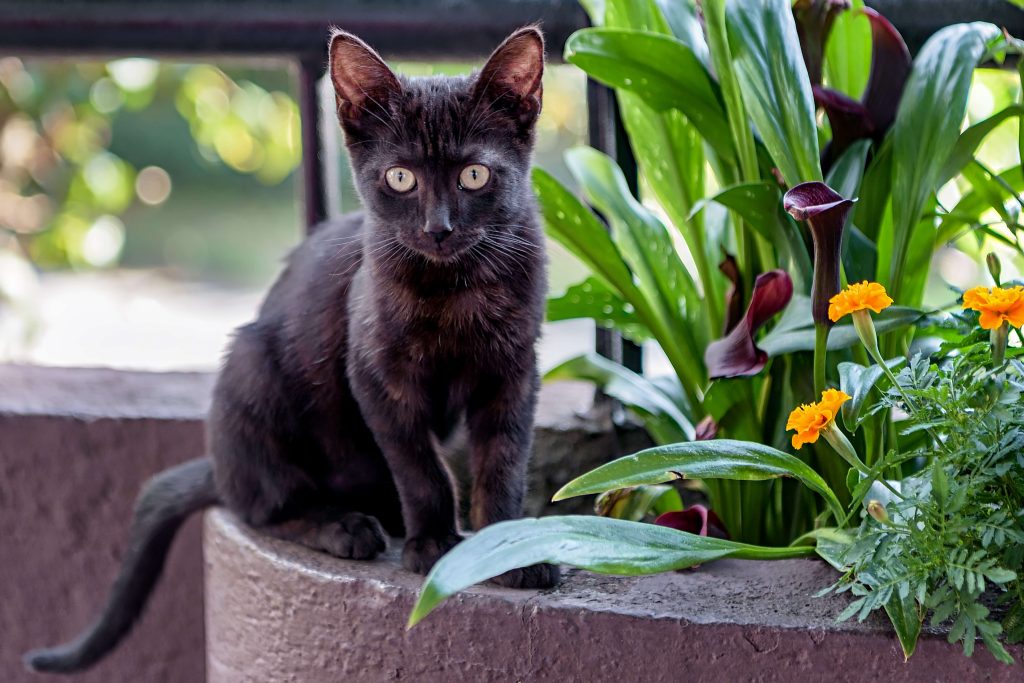
Typical diseases of Bombay cats
Are there any special diseases that are typical for Bombay cats? When Bombays are kept in cat-friendly environments, they won’t be especially susceptible to diseases. From time to time, however, they may suffer from illnesses that have been passed down from their parents. For example, hypertrophic cardiomyopathy (HCM) is a heart disease that involves an increase in the thickness of the ventricular wall. Even though HCM doesn’t necessarily limit your cat’s activity, you should still have the cat’s heart examined on a regular basis.
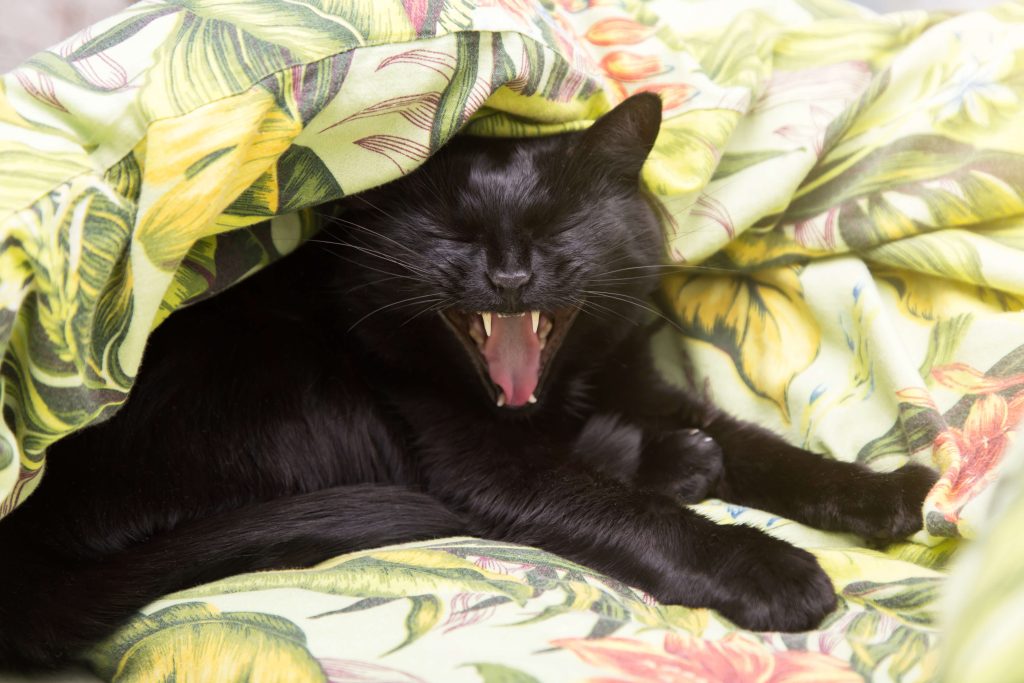
Bombay cats life expectancy
What is the life expectancy of Bombay cats? Bombay cats can live up to 20 years. There is nothing for free: in order for a kitty to reach such a high age, besides a healthy genetic makeup, a species-appropriate diet, housing and ample employment are necessary. Physical fitness also ensures a long cat life.

